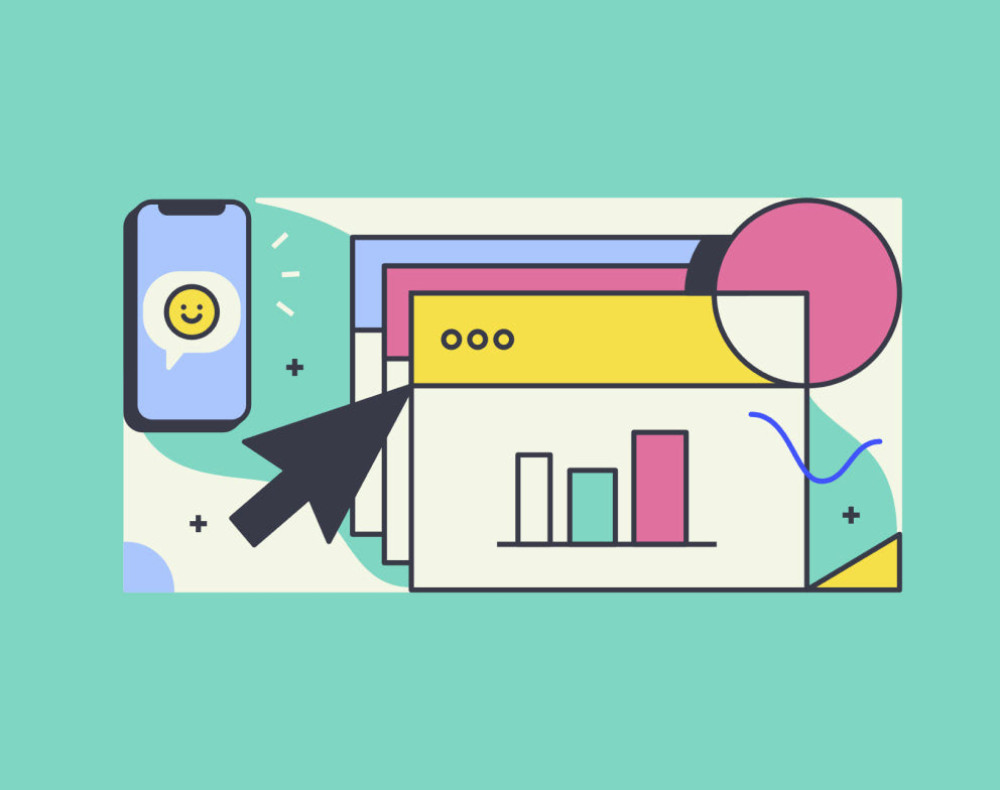Published on
High net worth investors have complicated financial portfolios. They are underserved by technology, with most tech providers offering unsatisfying products. Investors commonly complain that these products are text-heavy, lacking in visuals, and look dated, according to a JD Power study of wealth management mobile apps. Some exasperated advisors default to tracking clients’ holdings in spreadsheets.
That’s because design is often an afterthought. It’s not uncommon for product and engineering teams to decide to build a capability and then bring in a user experience designer at the end of the process with the command: “Make this prettier.” And it shows up in the products – because they’re difficult to use.
At Addepar, we set out to fix this problem. For years, we’ve been committed to making design an integral part of our product development process. That means product, engineering, and design teams collaborate from the beginning of the product development process all the way through to the end. Some people think of designers as focused on mainly visual aesthetics, but they actually do much more than that. They apply a user-centric way of thinking that helps companies make products as user-friendly as possible.
At Addepar, the development process starts with user research, including understanding what issues users are facing, what keeps them up at night, what problems they need to solve, and what they’re trying to achieve. Teams review that research and narrow down the problem set to focus on problems with two key elements: They’re particularly painful for the user, and they’re something we can solve successfully. Once teams have selected a problem to work on, they join forces to figure out what they should be building and how.
For example, users expressed a strong demand for a mobile app. We knew we had to keep it simple, focused, and useful -- and to make it very clear what action the user can take. So we structured it around questions we knew, based on our research, users would be trying to answer:
How much am I worth?
How has that changed over time?
What’s driven that change?
Before we release products into the wild, our team tests and iterates multiple times, incorporating feedback at every stage, from tests with internal partners to prototype tests with advisors to wider beta tests with multiple firms. Changes and updates can still be made even after the product is fully launched to all clients to ensure we are keeping up with needs.
To align our team and deliver high-quality, user-friendly products, Addepar overlays a set of five design principles onto everything we build:
Design for humans. That means understanding that products need to be approachable and effective, considering users’ motivations and behaviors.
Guide beginners, empower experts. Make products that are easy and intuitive to use but flexible enough to allow users to dive deep.
Simplify complexity. Use clear organization, familiar terminology, and progressive disclosure to make understanding easy.
Prioritize clarity. Reduce learning curves and eliminate unneeded complexity. In the mobile app, for example, some features were deliberately left out to keep the focus on usability. With other products, features that lose their usefulness were eliminated.
Make data accessible. Data should be presented in a clear, trustworthy, approachable way, with any caveats or inaccuracies disclosed.
Research shows that a focus on design pays off. A McKinsey study of 300 public companies found those that included a deep integration of design principles and processes throughout the business outperformed industry benchmarks by as much as 2X. And the proof is in the pudding: our clients often tell us that they love our modern, beautiful experience. One client (a former Apple employee) calls the experience “Apple-like”. Our focus on design has helped drive our growth and has drawn talented designers -- especially those attracted to the challenge of making the complex simple.
In the end, it’s all about the user. What makes Addepar unique is that we relentlessly focus on the problems of the user and then offer our teams a huge amount of flexibility in how they solve problems.
